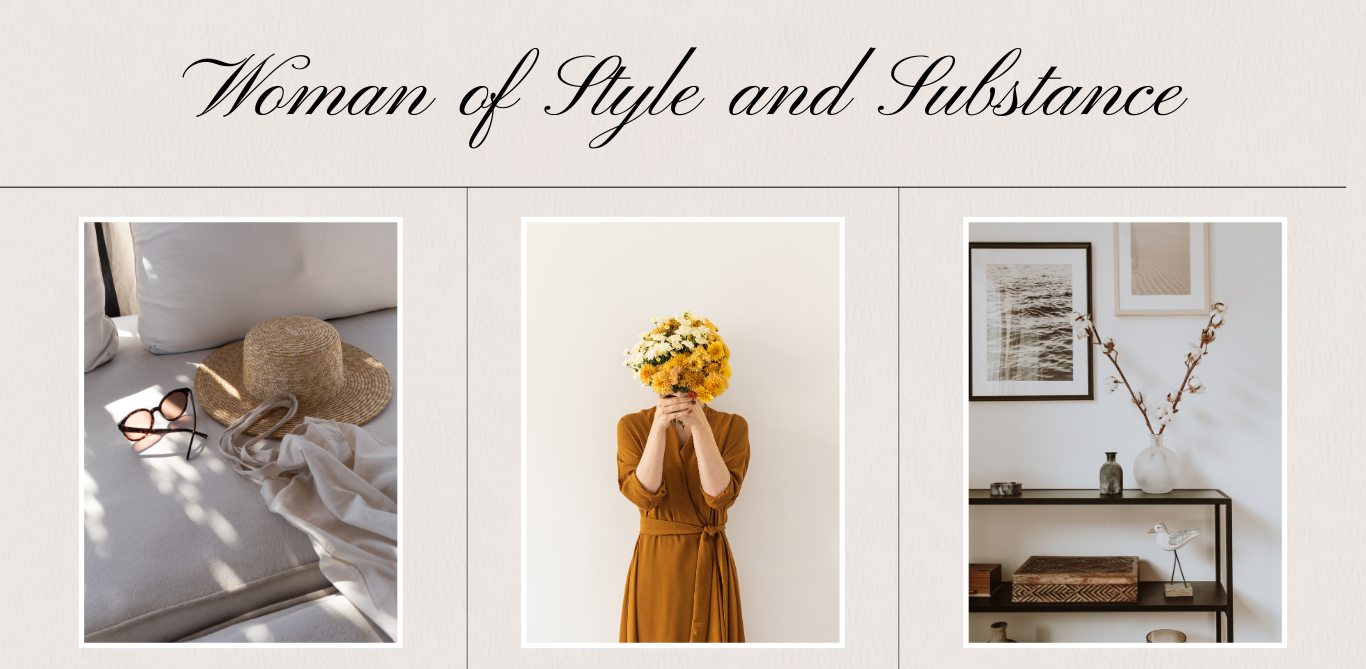How To Create A Beautiful Winter Garden

There’s no denying that the best time to enjoy your garden is the summer when it’s warm and sunny outdoors. However, there’s plenty of enjoyment to be had in your outside space during the winter too. By bearing the following simple design ideas in mind, you should be able to create a beautiful winter garden.
Transform your yard with outdoor lighting
In the depths of the chilly season, the days are short and your garden will be shrouded in darkness for much of the time. However, there’s a simple way to solve this shortage of light. By investing in some attractive artificial illuminations, you can ensure that the land around your home comes to life when the sun goes down each day. There are lots of outdoor lighting solutions to choose from now, including everything from posts and wall-mounted products to walk or drive-over illuminations and solar-powered spike lights. A great touch is to line your pathways with lights, and if you have features like ponds or rockeries, try framing them with decorative solar lights.
Bear in mind that lights serve a dual purpose. From a practical perspective, they make it easier and safer to move around your garden after sundown. At the same time, they add instant style and personality to your outside space.

Choose the perfect plants
If you don’t want your outdoor area to look dull during the colder months, why not get some colourful plants to fill it? The good news is, there’s no shortage of greens on offer. With a little careful planning, you can ensure that your garden benefits from an array of blooms, berries and floral even when winter’s doing its very worst.
A great example is the Daphne odora. This hardy plant displays pretty purple or red flowers over the winter months. Meanwhile, the clematis cirrhosa produces delicate cream coloured blooms. The bergenia family of plants are another great example. They offer up pink or white flowers. As long as you choose a good combination of plants, you can be confident that there will always be something beautiful to look at in your outside space.

Give yourself some shelter
Of course, if you’re to fully enjoy your fabulous new winter garden, you’ll need some shelter, if you don’t already have a patio, alfresco area or covered deck. If you don’t already have one, it may be worth installing a section of decking or patio complete with comfy seating and a shelter. The cover you choose could be anything from a simple umbrella to a high-tech retractable awning. For added comfort, consider investing in a patio heater or a fire pit too. This could help to stop the shivers and allow you to really relax in your revamped garden.


